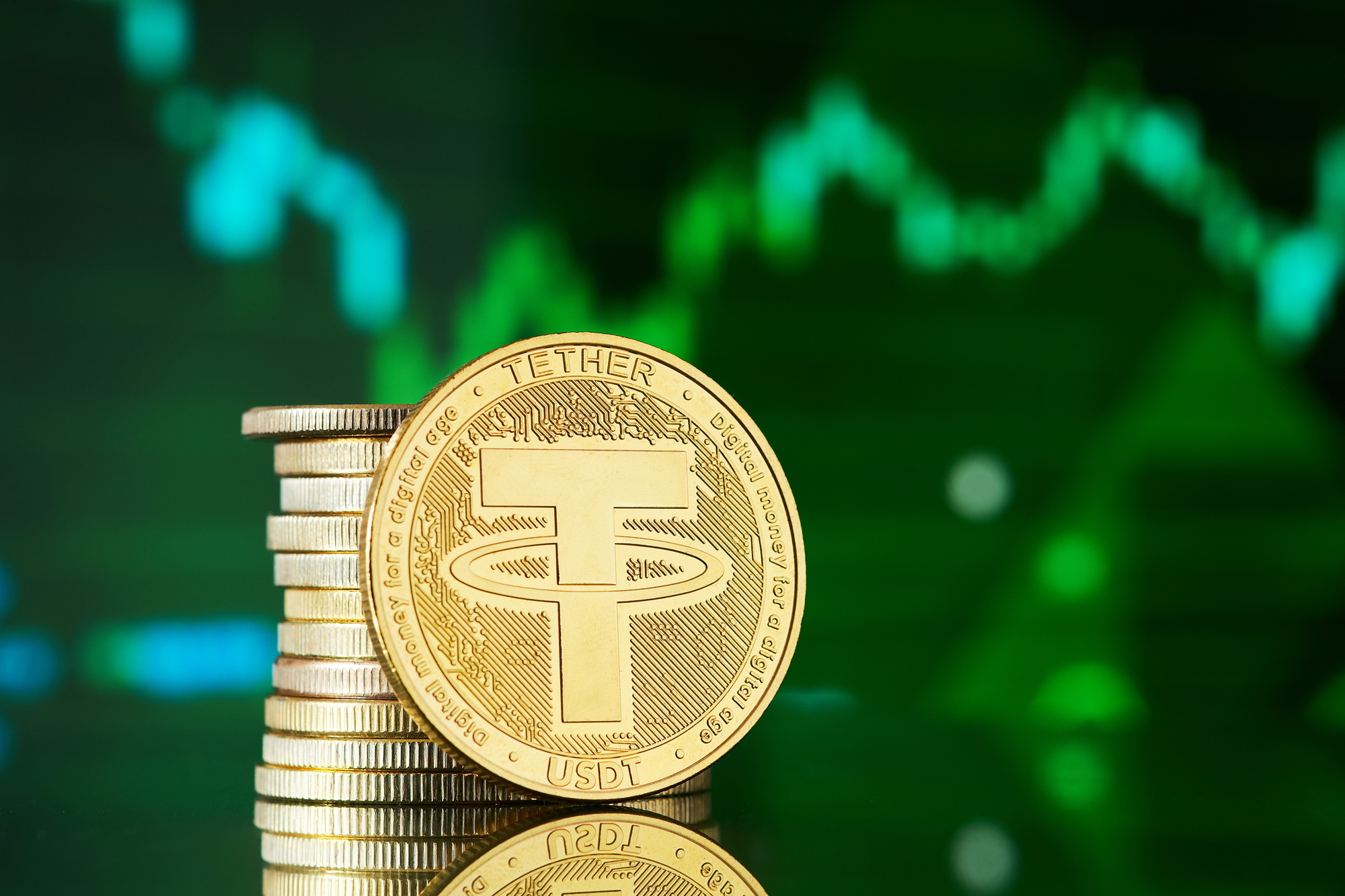In a significant move that could redefine the role of stablecoins in global commerce, Tether, the issuer of the world’s largest stablecoin USDT, has acquired a 70% stake in Latin American agriculture and energy firm Adecoagro. This acquisition marks a strategic pivot for Tether, aiming to integrate its stablecoin into the trading of real-world commodities.
Strategic Shift Towards Commodities
Traditionally, Tether’s USDT has been primarily used within the cryptocurrency ecosystem, facilitating trading and providing liquidity. However, this acquisition indicates Tether’s ambition to extend USDT’s utility beyond digital assets. By integrating with Adecoagro’s operations, Tether plans to enable the use of USDT in transactions involving agricultural products and bio-ethanol, thereby embedding stablecoins into traditional commodity markets.
Implications for the Stablecoin Market
This move could have far-reaching implications for the stablecoin market. By demonstrating a practical use case for stablecoins in real-world commerce, Tether is challenging the perception of stablecoins as tools limited to the crypto sphere. If successful, this integration could pave the way for broader adoption of stablecoins in various sectors, including agriculture, energy, and beyond.
Challenges and Considerations
While the potential benefits are significant, the integration of stablecoins into traditional markets is not without challenges. Regulatory hurdles, technological integration, and market acceptance are among the key issues that Tether and Adecoagro will need to navigate. Additionally, the volatility of cryptocurrency markets and the need for robust security measures will be critical factors in the successful implementation of this strategy.
Looking Ahead
Tether’s acquisition of Adecoagro represents a bold step towards bridging the gap between digital currencies and traditional commerce. As the company works to integrate USDT into commodity trading, the financial world will be watching closely to assess the viability and impact of this innovative approach. If successful, it could herald a new era of stablecoin utility, transforming the way we think about and use digital currencies in everyday transactions.







